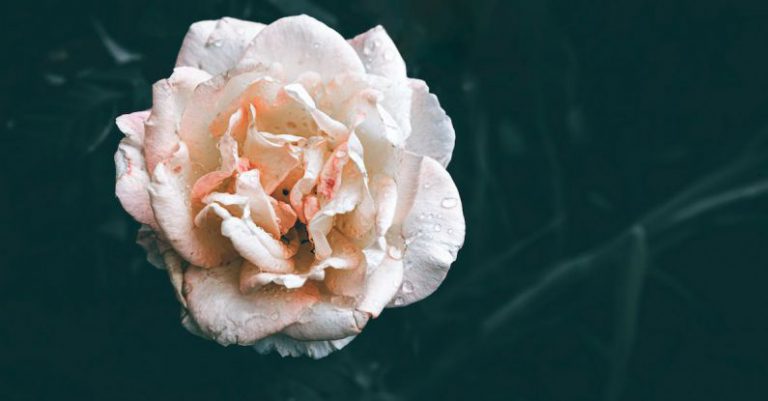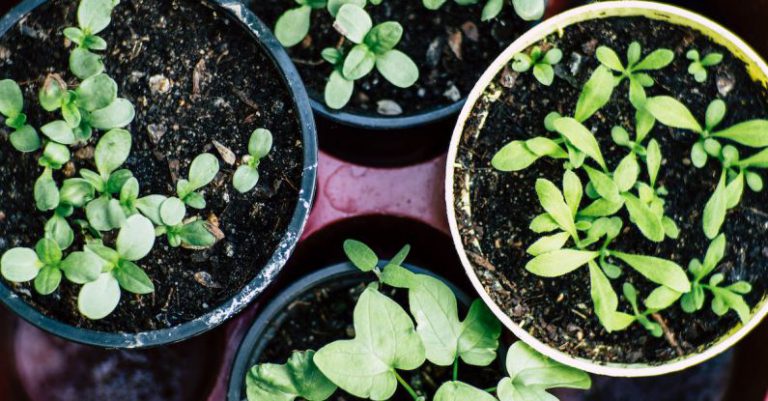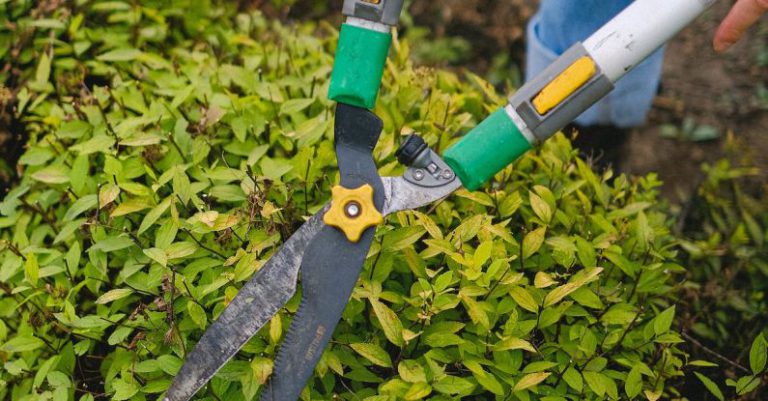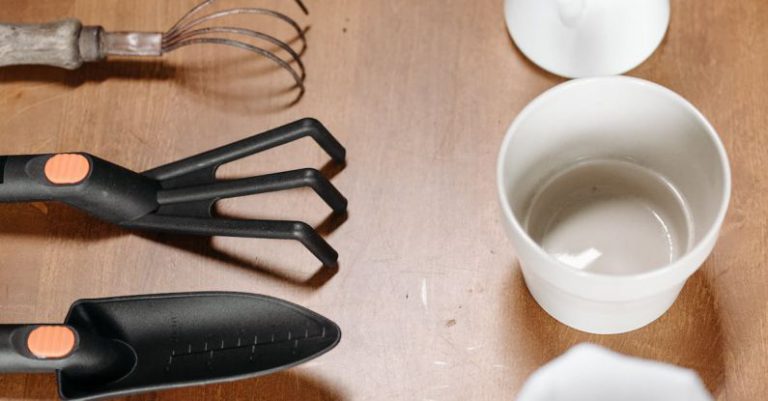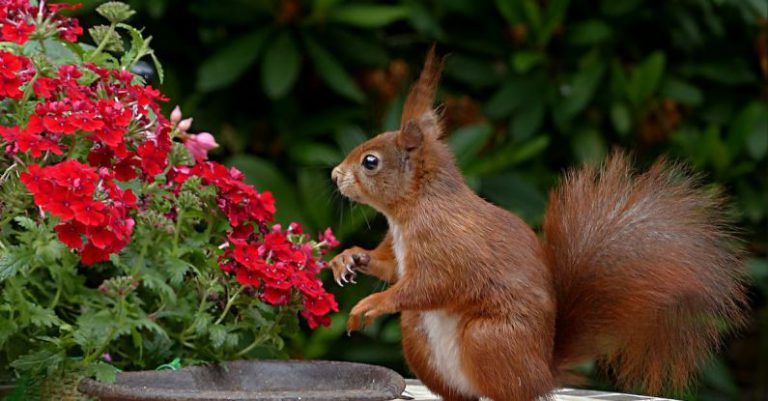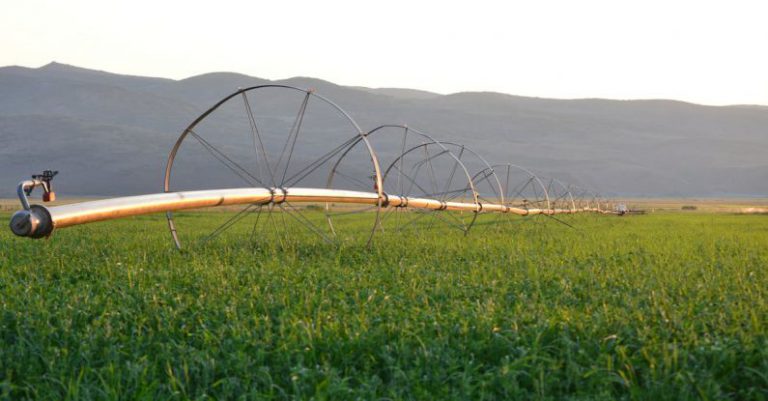How to Attract Pollinators to Your Garden?
Flowers are not only beautiful to look at, but they also serve an important purpose in our ecosystem. They attract pollinators such as bees, butterflies, and hummingbirds, which play a vital role in the pollination of plants. Without these pollinators, many of our favorite fruits, vegetables, and flowers would not be able to reproduce. If you want to create a garden that is buzzing with life and color, here are some tips on how to attract pollinators to your garden.
Choose the Right Plants
The first step to attracting pollinators to your garden is to choose the right plants. Different pollinators are attracted to different types of flowers, so it’s important to have a variety of plants in your garden. Bees are particularly attracted to flowers that are blue, purple, yellow, and white, while butterflies are drawn to bright, colorful flowers. Hummingbirds, on the other hand, are attracted to tubular-shaped flowers with bright red or orange colors. By selecting a diverse range of flowers, you can ensure that you attract a wide variety of pollinators to your garden.
Provide a Water Source
Just like humans, pollinators need water to survive. Providing a water source in your garden can help attract and sustain pollinators. You can create a simple water source by placing a shallow dish or saucer filled with water in your garden. Adding rocks or pebbles to the dish will provide a landing pad for butterflies and bees. It’s important to keep the water source clean and filled with fresh water to ensure that pollinators have a readily available supply.
Avoid Pesticides
Pesticides are harmful to pollinators and can have a devastating impact on their populations. To attract pollinators to your garden, it’s essential to avoid using pesticides. Instead, opt for natural pest control methods such as companion planting, which involves planting certain flowers and herbs together to repel pests. You can also encourage natural predators such as ladybugs and praying mantises to visit your garden by providing them with a habitat, such as a bug hotel or a pile of logs.
Create a Habitat
Pollinators need more than just flowers to thrive in your garden. Creating a habitat that provides shelter and food sources can help attract and support pollinators. You can create a habitat by planting native plants, which are adapted to the local environment and provide food and shelter for pollinators. Adding a variety of plants with different heights and textures will create a diverse habitat that can attract a wide range of pollinators. You can also provide nesting sites for bees and butterflies by leaving dead wood or hollow stems in your garden.
Maintain a Continuous Bloom
To attract pollinators throughout the growing season, it’s important to maintain a continuous bloom in your garden. This means selecting plants that bloom at different times of the year, so there is always a source of nectar and pollen available. By planning your garden carefully and selecting a mix of early, mid, and late blooming plants, you can ensure that pollinators have a constant supply of food.
In conclusion, attracting pollinators to your garden is not only beneficial for the environment but also enhances the beauty and productivity of your garden. By choosing the right plants, providing a water source, avoiding pesticides, creating a habitat, and maintaining a continuous bloom, you can create a garden that is buzzing with life and color. So, roll up your sleeves and get ready to welcome an array of pollinators to your garden!

